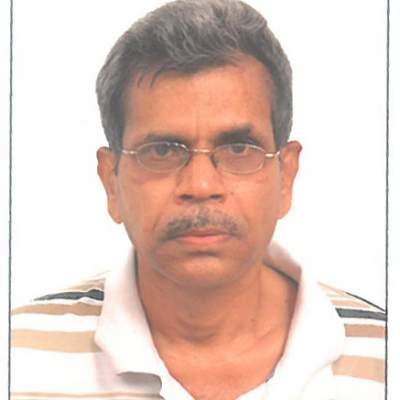In 1990-91, Indian Economy was on the brink of collapse. The country was reeling under extreme economic pressure with just enough foreign exchange reserves, worth Rs 2,500 crore, left to sustain essential imports for no more than two weeks. Consumer Price Inflation was as high as 13.6%. Fiscal deficit was a whopping 8% of GDP.
“I do not minimize the difficulties that lie ahead on the long and arduous journey on which we have embarked. But as Victor Hugo once said, no power on earth can stop an idea whose time has come. I suggest to this august House that the emergence of India as a major economic power in the world happens to be one such idea. Let the whole world hear it loud and clear. India is now wide awake. We shall prevail. We shall overcome” – This was the impassioned speech made by Dr. Manmohan Singh, the then Finance Minister, while introducing the reformist Budget of 1991.
It took the vision and resilience of two men who knew their job was to save the Indian Economy — P.V. Narasimha Rao, the then Prime Minister who had the political savvy to manage to push through the big-bang reforms by a minority government and Dr. Manmohan Singh, the architect of the reforms and several others in the establishment who followed them.
After evaluating the situation of Indian Economy, Dr. Singh realized that what the Indian economy needed desperately — a shift to economic liberalization and a strategic end to the ‘license raj.’ He started with a two-step rupee devaluation program in collaboration with the RBI — Rupee was first devalued against major currencies by 9% initially and then brought down to 11% two days later. This naturally gave a boost to exports and trade dealings with the international market. Dr. Singh also opened up the Indian Economy to foreign capital. This gave the much-needed boost to industrialization by encouraging the spirit of entrepreneurship in the country and had also provided direct access to the required capital, technology and target markets.
The new industrial policy announced on July 24, 1991, abolished the industrial licensing for all industries except for a short list of 18 industries. This list of 18 industries was further pruned in 1999 whereby the number reduced to six industries viz. drugs and pharmaceuticals, hazardous chemicals, explosives such as gun powder and detonating fuses, tobacco products, alcoholic drinks, and electronic, aerospace and defence equipment.
Considering the fact that the country was seconds away from being banned essential imports, including oil and gas, it was pertinent to rework the existing regulatory framework and trade policy. To this end, a new liberalization program was ushered in, for doing away with unnecessary controls, streamlining the licensing process and linking non-essential imports to exports to discourage such imports.
Liberalization emerged as the gateway of opportunities for Indians with the opening up of the private sector and foreign capital, coupled with trade reforms. Since then, the Indian economy and the stock markets have grown multi-fold. In the three decades since 1991 reforms, GDP has grown 10-fold. Foreign Direct Investment (FDI) into India increased from $97 million in 1990-91 to more than $81,722 million in 2020-21. Stock markets have boomed — BSE market cap has ballooned from about $70 billion in 1991 to over $3.2 trillion in 2021.
The unprecedented boom in stock markets has created more billionaires and amplified the economic disparities. In the last three decades, while the per capita incomes of Indians have grown 6-fold, stock market wealth has grown 45-fold. India became a services-driven economy, rather than a manufacturing hub. The share of industry in the GDP remained stagnant at 16% during the last three decades. In the process, India could not mass-shift people from agriculture to jobs. The share of agriculture in GDP reduced from 30% to 14% in these three decades, while half of the people still depend on agriculture. As a result, the per capita incomes of farmers have increased far lower than others. There is also criticism that the reforms have fueled crony capitalism.
Economic reforms should be supported by reforms in the governance systems. The judicial and police systems continue to be in a mess. Politics are criminalized. Corruption has increased. Public health spending remains low. The skill shortage is worsening. The weak quality of Indian institutions is increasingly a problem, and without better institutions, India will be unable to sustain high growth.
During the 30 years from Narasimha Rao to Narendra Modi, India has moved from low‐income to middle‐income status. To reach high‐income status, India must become a much better governed country.
The views and opinions expressed in this article are those of the author.

The author is an alumnus of IIM, Ahmedabad and a retired senior corporate professional.

